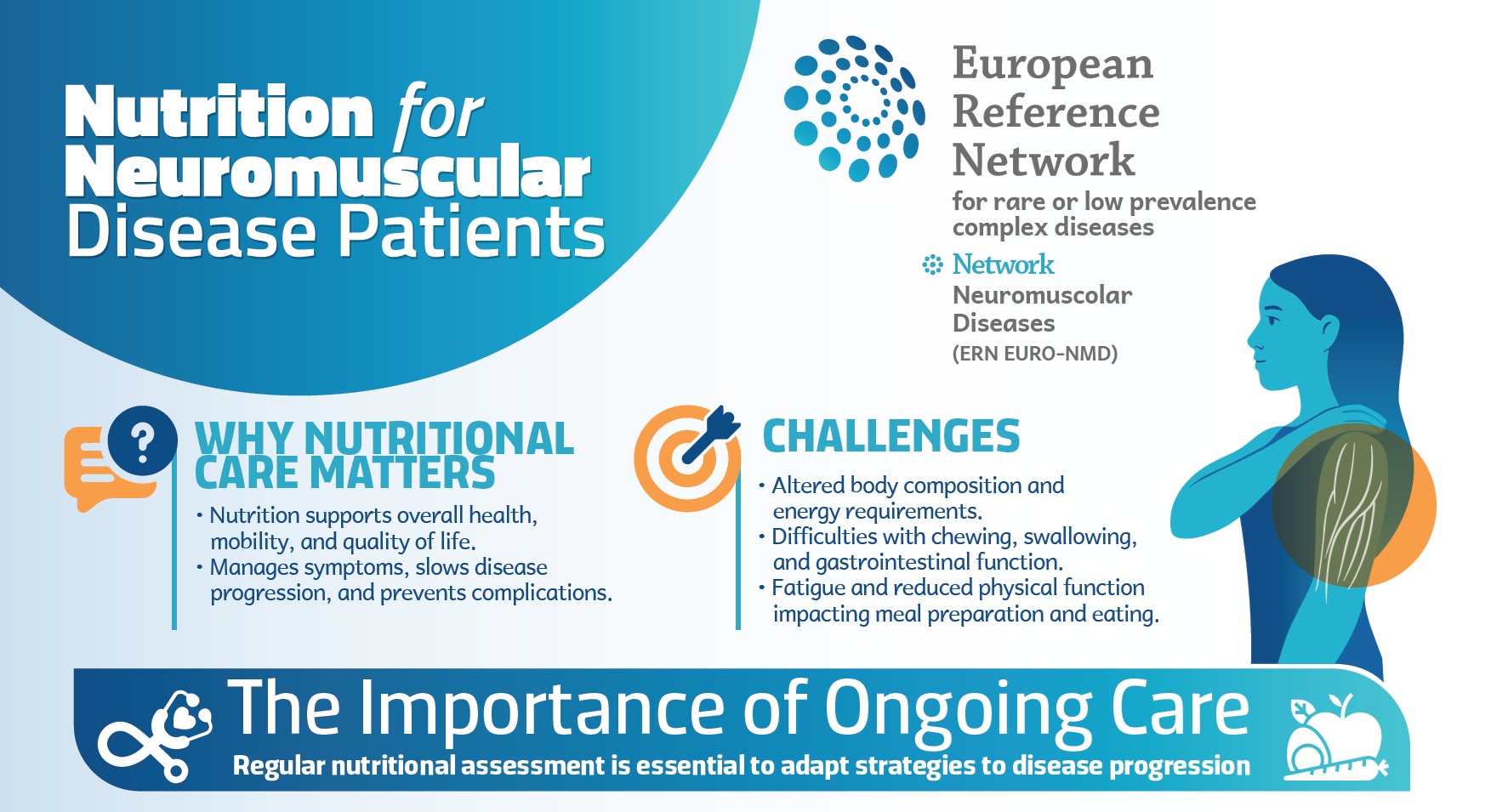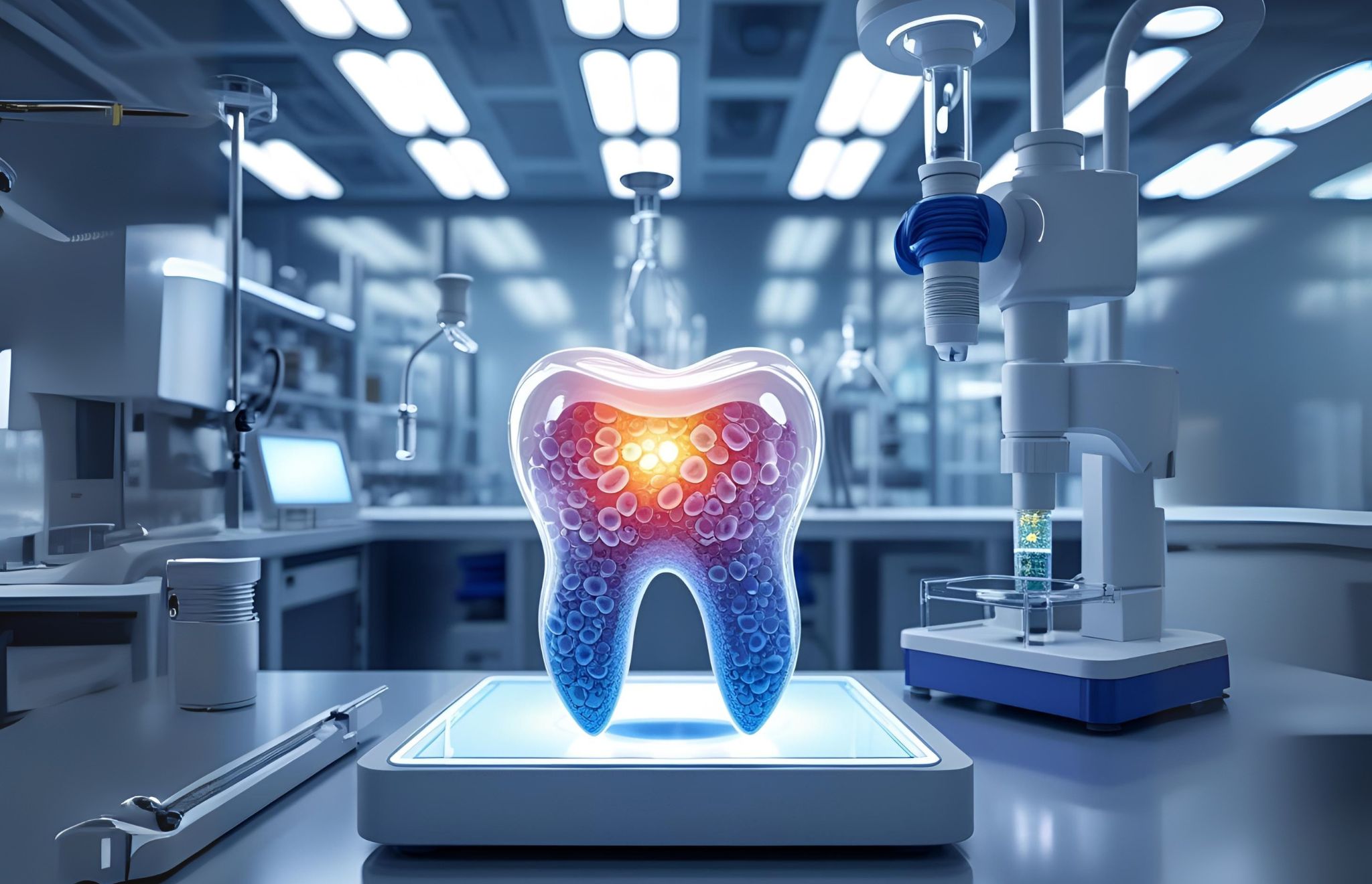The Peripheral Nerve Society (PNS) is the world’s leading scientific society dedicated to the study, diagnosis, and treatment of peripheral nerve diseases. Each year, the PNS organizes a global congress that serves as the main reference point for clinicians, researchers, and patient organizations working in the field of peripheral neuropathies.
The 2025 PNS Annual Meeting took place in Edinburgh, Scotland, from May 17th to 20th, bringing together hundreds of specialists from all over the world. This year’s event was particularly notable for the strong participation of patient advocacy groups, including the presence of Simon Bull (CEO, CMTUK), Alexandre Hoyau (President, CMT France), Filippo Genovese (CSO, ACMT-Rete, ECMTF President), Sue Bruhn and Katherine Forsey (Charcot-Marie-Tooth Association, USA), Laura McNeill (CMT Research Foundation), and Allison Moore (Hereditary Neuropathy Foundation).




This gathering provided an invaluable opportunity for networking and collaboration—not only among researchers and clinicians, but also with representatives from all the major international patient advocacy organizations and pharmaceutical companies. The exchange of ideas, experiences, and strategies for supporting the CMT community was a central theme throughout the congress.
The news about Research in the CMT field
This report summarizes and contextualizes the most relevant CMT-related contributions from the PNS 2025 congress. The aim is to provide an updated and accessible overview for patients, families, and healthcare professionals across Europe. The 2025 PNS Annual Meeting featured an unprecedented number of presentations dedicated to Charcot-Marie-Tooth disease (CMT), with contributions from research groups across Europe, North and South America, Asia, and Australia. Below, you will find a structured overview, grouped by topic, with explicit mention of the main research teams and the most significant advances.

1. Diagnosis, Biomarkers, and New Technologies
Genetic Diagnosis and New Technologies
- Amsterdam UMC (Netherlands), led by Pieter van Doorn and Filip Eftimov, presented data from the global INCbase registry, which collects standardized clinical and genetic data on CMT, facilitating diagnosis and the discovery of new genes.
- Kagoshima University (Japan) (Hiramatsu, Ando, Takashima): analyzed over 3,000 Japanese patients, mapping the distribution of the most frequent genes (GJB1, MFN2, MPZ) and highlighting the need for continuous updates to genetic panels.
- University of Oxford (UK) & University of Miami (USA) (David Bennett, Stephan Züchner): provided a systematic review of CMT genes, now numbering 135 genes associated with 169 subtypes, and emphasized the need for integrated diagnostic strategies.
- Hasselt University (Belgium) (Dirkx, Wolfs, Van Den Bosch): developed in vitro models from dental pulp stem cells of CMT1A patients, offering a new platform for drug testing and pathogenesis studies.
Biomarkers and Digital Outcomes
- UCL Queen Square Institute of Neurology, London (Mary Reilly, Jasper Morrow, Michael Shy, David Herrmann, Janet Sowden): validated quantitative MRI (fat fraction) as a sensitive biomarker of progression in CMT1A (ACT-CMT study), showing that muscle fat accumulation is a more rapid indicator of disease progression than traditional clinical tests.
- University of Iowa (Michael Shy, Amanda Dragon, Xingyao Wu): presented data on plasma microRNAs and skin-derived transcripts as early and subtype-specific biomarkers.
- University of Sydney (Joshua Burns, Kayla Cornett, Gabrielle Donlevy): demonstrated the feasibility and utility of wearable sensors for monitoring physical activity, balance, and gait in children and adults with CMT, even outside the clinic.
2. Innovative Therapies and Preclinical Studies
Gene and Molecular Therapies
- Aix Marseille University (France) (Valérie Delague, Nathalie Bernard-Marissal, Marine Tessier): reported promising preclinical results of gene therapy for CMT2A (MFN2) using AAV vectors, restoring mitochondrial function and improving locomotion in animal models.
- Hasselt University & KU Leuven (Belgium) (Kuipers, Libberecht, Vangansewinkel): showed that ABCA1 inhibition improves Schwann cell differentiation and corrects cholesterol deficiency in CMT1A models.
- The Jackson Laboratory (USA) (Robert Burgess, Abigail Tadenev, Timothy Hines): demonstrated that inhibition of the integrated stress response (ISR) and increasing specific tRNAs can prevent axonal degeneration in models of CMT2D and other tRNA synthetase-related forms.
- University of Miami (Stephan Züchner, Adriana Rebelo): developed knock-in mouse models for new mutations (e.g., ITPR3) and tested exon-skipping strategies with antisense oligonucleotides.
Emerging Molecular Targets
- IRCCS San Raffaele, Milan (Maurizio D’Antonio, Anke Claessens, Roberta De Blasis): showed that SARM1 suppression reduces axonal degeneration in CMT2J (MPZ-T124M) models, suggesting SARM1 as a cross-cutting therapeutic target.
- University of Antwerp (Vincent Timmerman, Stijn in’t Groen, Bieke Bekaert): developed 3D neuromuscular organoids to study myelination and neuron-muscle interactions in CMT.
3. Clinical Aspects, Rehabilitation, and Quality of Life
Clinical Studies and Outcomes
- IRCCS Carlo Besta, Milan (Davide Pareyson, Chiara Pisciotta, Alessandro Bertini, Stefano Tozza): presented longitudinal studies on CMT due to GDAP1 and HSPB1, confirming high clinical variability and the need for specific monitoring tools.
- University of Sydney & INC (Marnee McKay, Kayla Cornett, Monica Marzouk): highlighted that fatigue is a very frequent and impactful symptom in children and adolescents with CMT, affecting school and social activities.
- Italian multicenter group (Serio, Bertini, Manganelli, Fabrizi, Schenone, Grandis, Previtali, Padua, Pisciotta, Pareyson): conducted the largest study on physiotherapy in CMT, showing good but time-limited perceived benefit, and that nearly half of patients face access difficulties.
New Digital Tools
- University of Rochester (David Herrmann, Katy Eichinger): validated the CMT Functional Outcome Measure (CMT-FOM) and its virtual version, demonstrating that remote functional assessment is reliable even in young children.
- INC international group (Mary Reilly, Michael Shy, Joshua Burns, David Herrmann): developed training and certification platforms for clinical evaluators, with materials translated into several languages (including Italian), to ensure uniformity in global trials.
4. Orthopedic Aspects and Complications
- University of Iowa (Andrew Behrens, Don Anderson, Jason Wilken, Michael Shy): used weight-bearing CT and 3D biomechanical models to study cavovarus foot in CMT, showing that the deformity is more severe than in idiopathic forms and that the transverse arch plays a key role.
- University of Iowa (Bopha Chrea, Lauren Crowe, Amanda Dragon): found that ankle muscle weakness is the main predictor of orthosis use, providing objective data for clinical prescription.
- Scottish Rite for Children, Dallas (Michelle Christie, Rusty Hartman, Anthony Riccio): showed that recurrence of presumed idiopathic clubfoot is often due to underlying peripheral neuropathies, suggesting the need for neurological evaluation in recurrent cases.
5. New Genes and Pathogenetic Mechanisms
- Aix Marseille Univ (Jihane Gadacha, Valérie Delague, Nathalie Bernard-Marissal): identified KCTD11 as a new gene responsible for an intermediate form of CMT, validating its role in myelination.
- UCL London (Andrea Cortese, Mary Reilly, Henry Houlden): presented data on new genes and variants (e.g., monoallelic POLR3A, ARHGAP19), expanding the genetic spectrum and suggesting new pathogenetic mechanisms.
- The Jackson Laboratory (Felix Anim, Sarah Holbrook, Gregory Cox, Robert Burgess): demonstrated the interaction between IGHMBP2 and NEMF in mouse models, suggesting common pathways between CMT2S and other ribosome quality control neuropathies.
6. Pediatric and International Aspects
- IRCCS Carlo Besta Milan, Naples, Messina, Verona, Genoa, San Raffaele, Pisa: described the clinical and genetic variability of CMT in childhood, emphasizing the importance of specific scales (CMTPedS, CMTInfS) for monitoring.
- Siriraj Hospital, Mahidol University, Bangkok (Chonlada Inmongkol, Oranee Sanmaneechai): presented the first Thai pediatric cohort, showing genetic diversity and correlation between subtype and clinical severity.
- INC Diversity Committee (Nicole Kressin, Gita Ramdharry, Tara Jones, Michael Shy): worked to improve access to diagnosis and trials for patients of all ethnicities and regions, developing multilingual tools and inclusion strategies.
Conclusions and Most Significant Contributions
The most significant works for clinical impact and future perspectives are:
- Validation of quantitative MRI as a progression biomarker (ACT-CMT, UCL London, University of Rochester, University of Iowa, IRCCS Carlo Besta).
- Gene therapy results in CMT2A (Aix Marseille Univ, INSERM, EPFL Geneva).
- New blood and skin biomarkers (University of Iowa, UCL London, University of Oxford).
- Wearable and digital outcome studies (University of Sydney, University of Rochester, INC).
- Identification of new genes and pathogenetic mechanisms (Aix Marseille Univ, UCL London, The Jackson Laboratory, University of Miami).
- In vitro and organoid models (Hasselt University, University of Antwerp, University of Bonn).
In summary, CMT research is increasingly multidisciplinary and international, with tangible progress towards faster diagnosis, objective monitoring, and targeted therapies. The European CMT Federation, together with national networks will continue to follow and disseminate these advances for the benefit of patients, families, and professionals.




